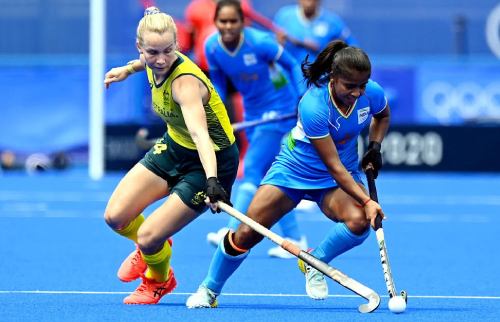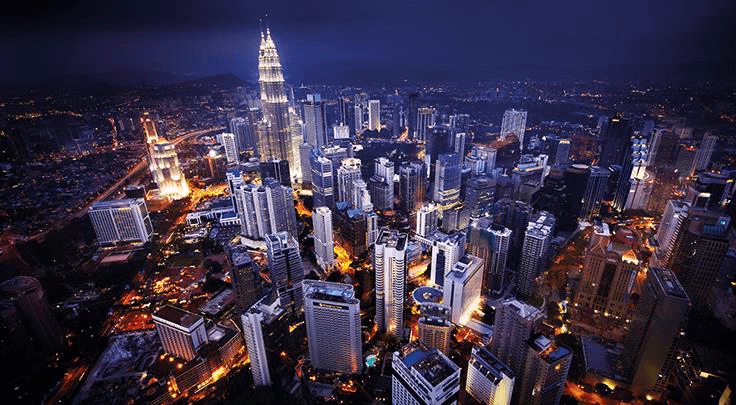In Spotlight
- Upcoming

- Upcoming


It is indeed hard to believe that 200 years ago, the city of Kuala Lumpur did not even exist! What is more surprising is that one of Asia’s richest cities had such a devastating and gory beginning to it, that no one could have even fathomed its prosperity and popularity today. In fact, the town was founded when some Chinese miners discovered the area because it was naturally rich in tin. The word ‘Kuala Lumpur’ translates to ‘muddy confluence’, which comes from the intersection of the Gombak and Klang rivers; which are the significant getaways to the city. It was at this spot where it all started, where settlements after settlements grew and flourished; and the result: Kuala Lumpur as we know today!
Kuala Lumpur (Malaysian pronunciation: [ˈkualə, -a ˈlumpo(r), -ʊ(r)]), officially the Federal Territory of Kuala Lumpur (Malay: Wilayah Persekutuan Kuala Lumpur; ) and colloquially referred to as KL, is a federal territory and the ceremonial, legislative and judicial capital city of Malaysia. It is one of the fastest growing cities in Asia and the largest city in Malaysia, covering an area of 243 km2 (94 sq. mi) with a census population of 1,982,112 as of 2020.[8] Greater Kuala Lumpur, also known as the Klang Valley, is an urban agglomeration of 8,621,724 million people as of 2023. It is among the fastest growing metropolitan regions in Southeast Asia, both in population and economic development.
The city serves as the cultural, financial, and economic centre of Malaysia. It is also home to the Parliament of Malaysia, and the Royal Palace, the official residence of the King ( Yang di-Pertuan Agong) (monarch of Malaysia). Kuala Lumpur first developed around 1857 as a town serving the tin mines of the region and served as the capital of Selangor from 1880 until 1978. Kuala Lumpur was the founding capital of the Federation of Malaya and its successor Malaysia, and the city remained the seat of the executive and judicial branches of the Malaysian federal government until these were relocated to Putrajaya in early 1999. However, some sections of the political bodies still remain in Kuala Lumpur. The city is one of the three federal territories of Malaysia, enclaved within the state of Selangor, on the central west coast of Peninsular Malaysia.
Since the 1990s, the city has played host to many international sporting, political and cultural events including the 1998 Commonwealth Games and the 2017 Southeast Asian Games. Kuala Lumpur has undergone rapid development in recent decades and is home to the tallest twin buildings in the world, the Petronas Towers, which have since become an iconic symbol of Malaysian development. Kuala Lumpur is well connected with neighbouring urban regions such as Petaling Jaya via the rapidly-expanding Klang Valley Integrated Transit System. Residents of the city can also travel to other parts of Malaysia through KL Sentral.